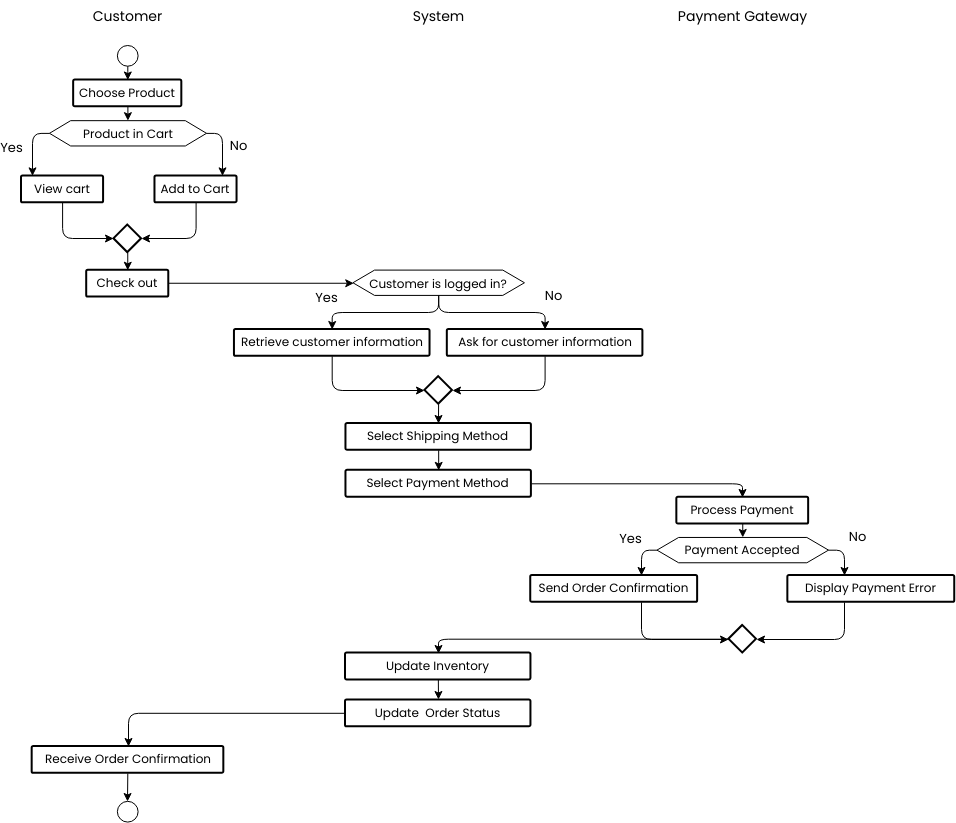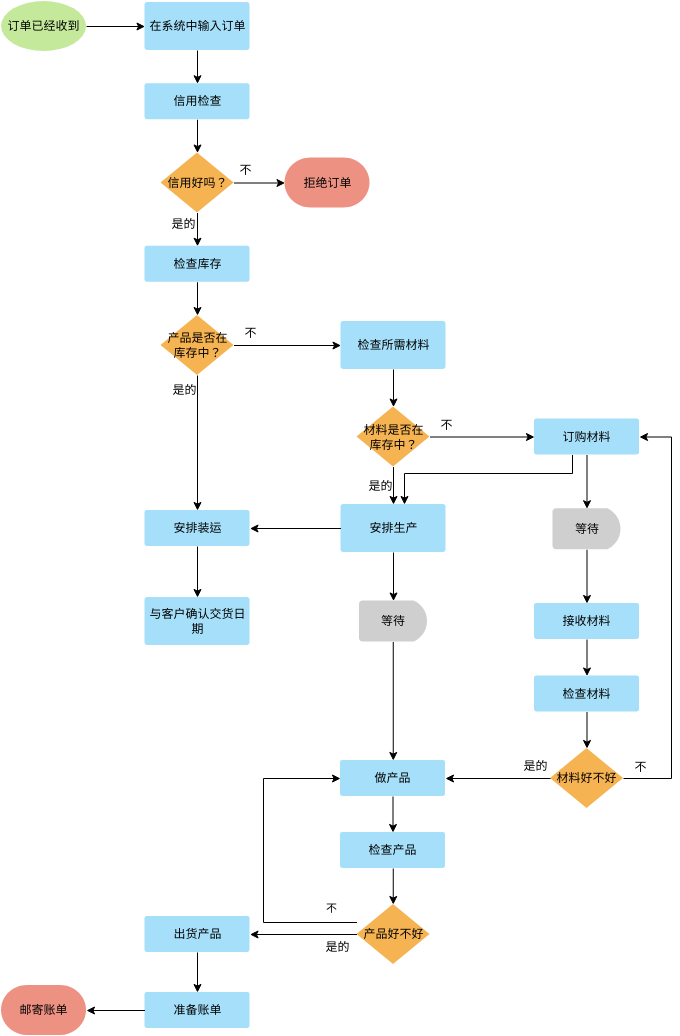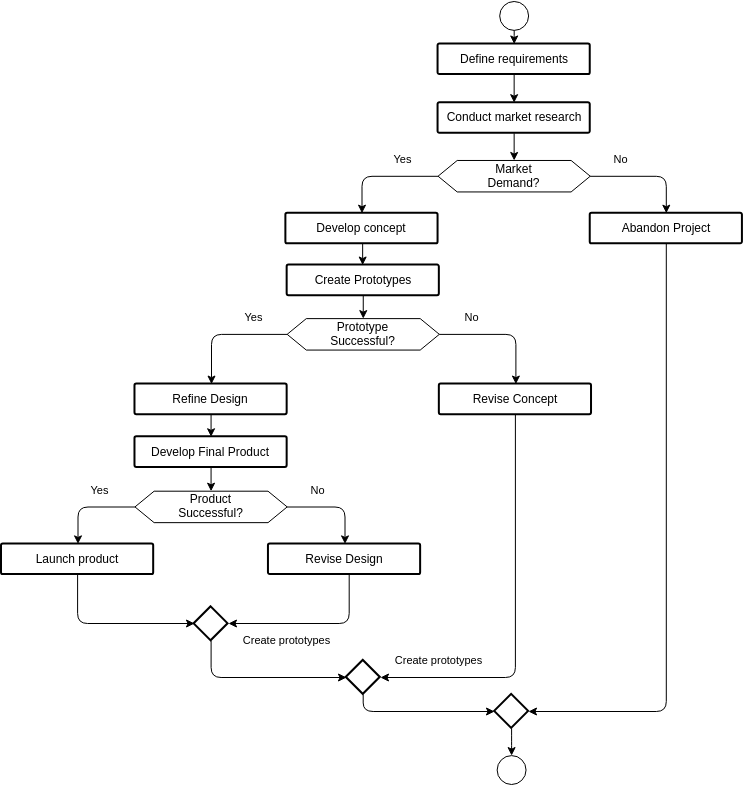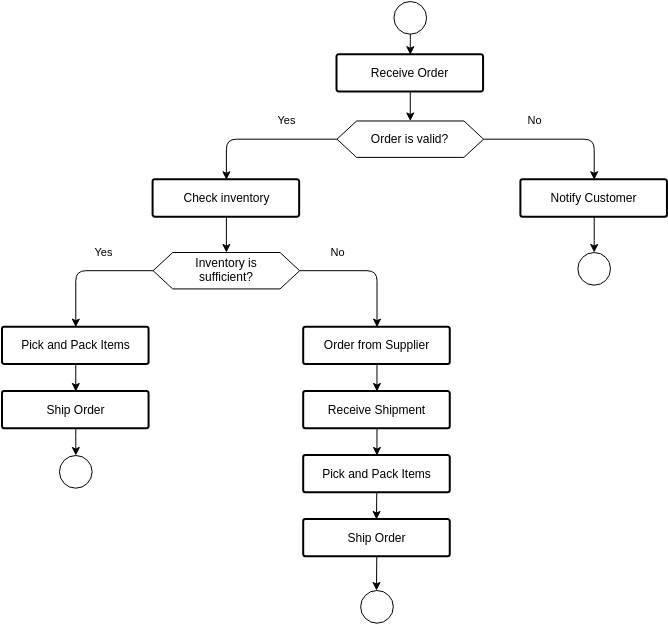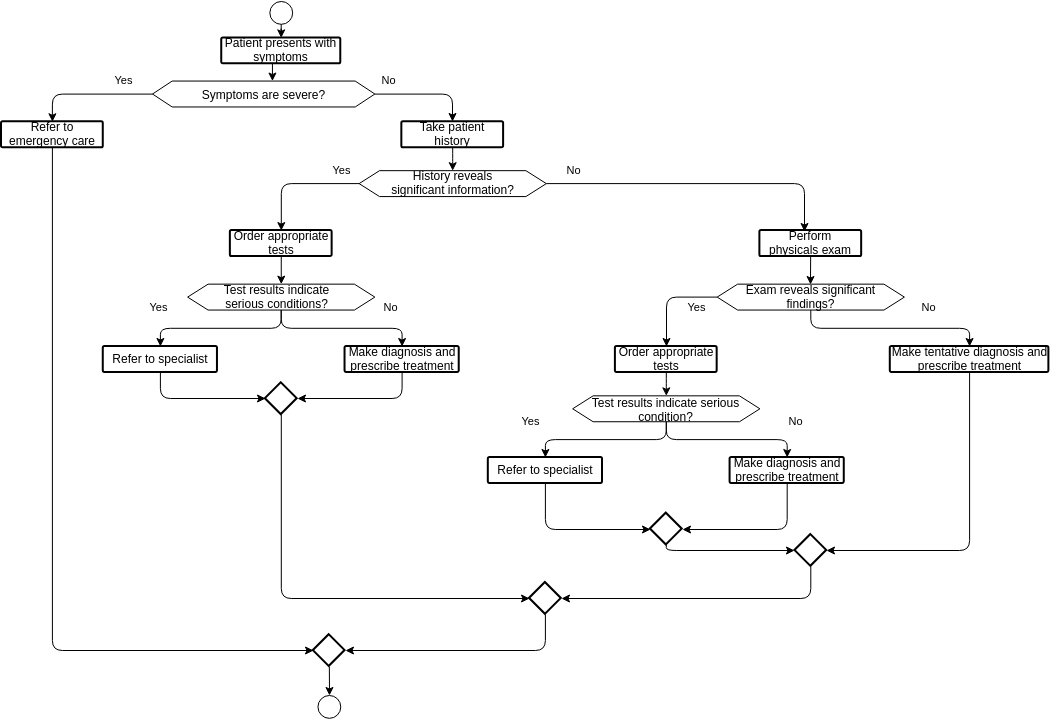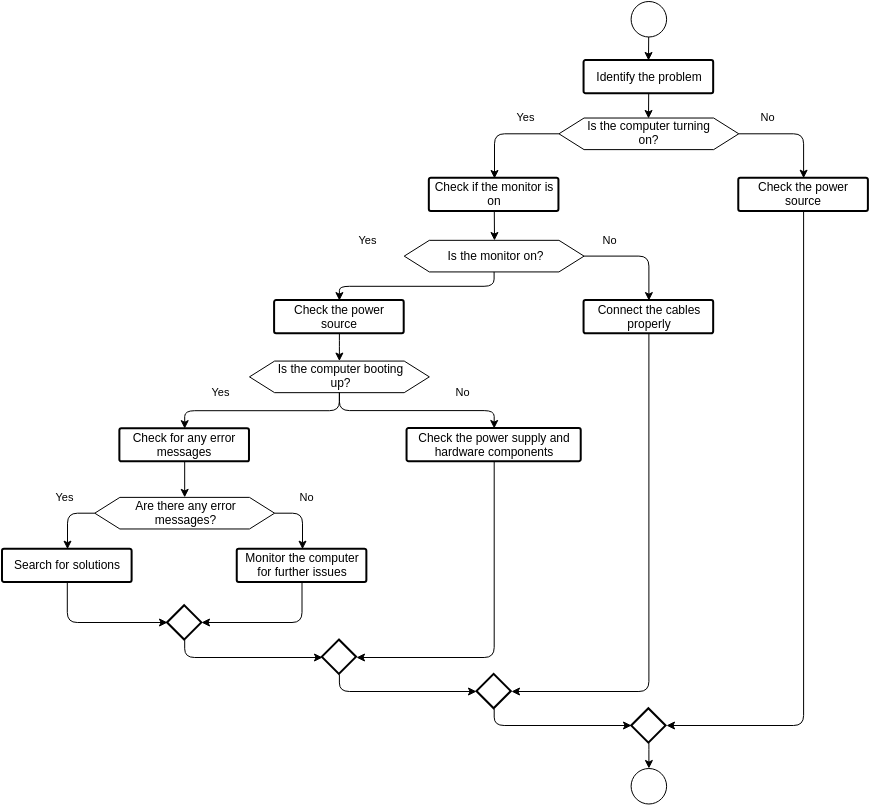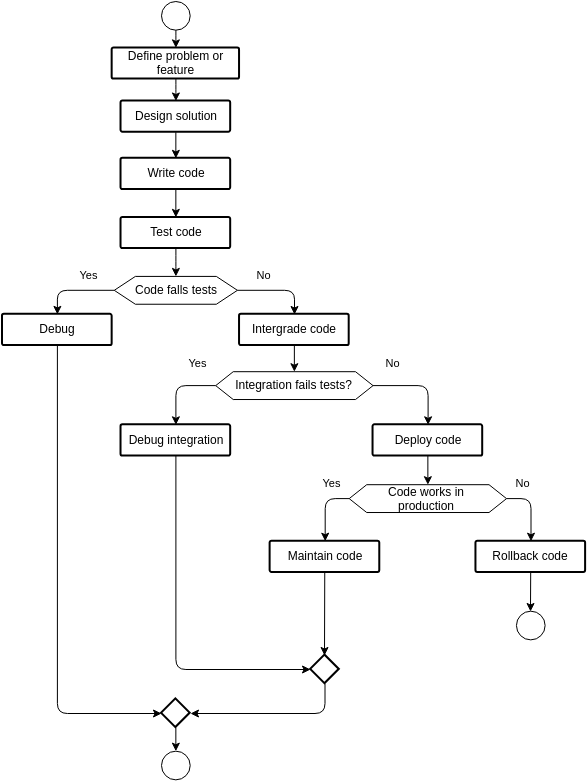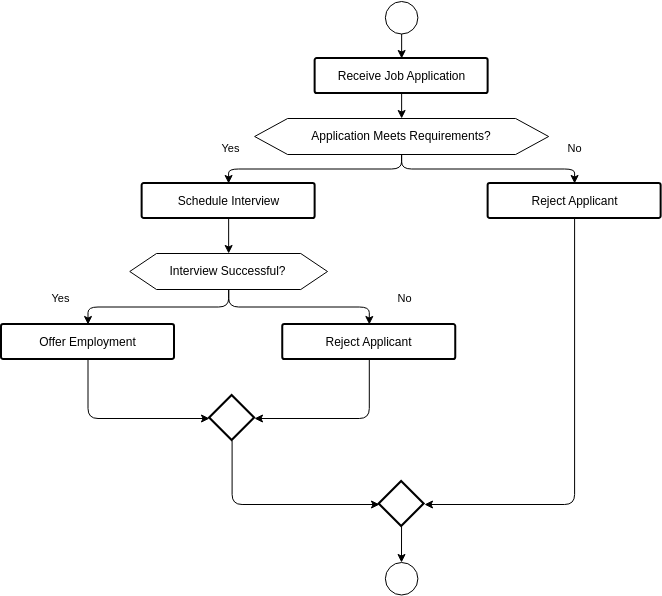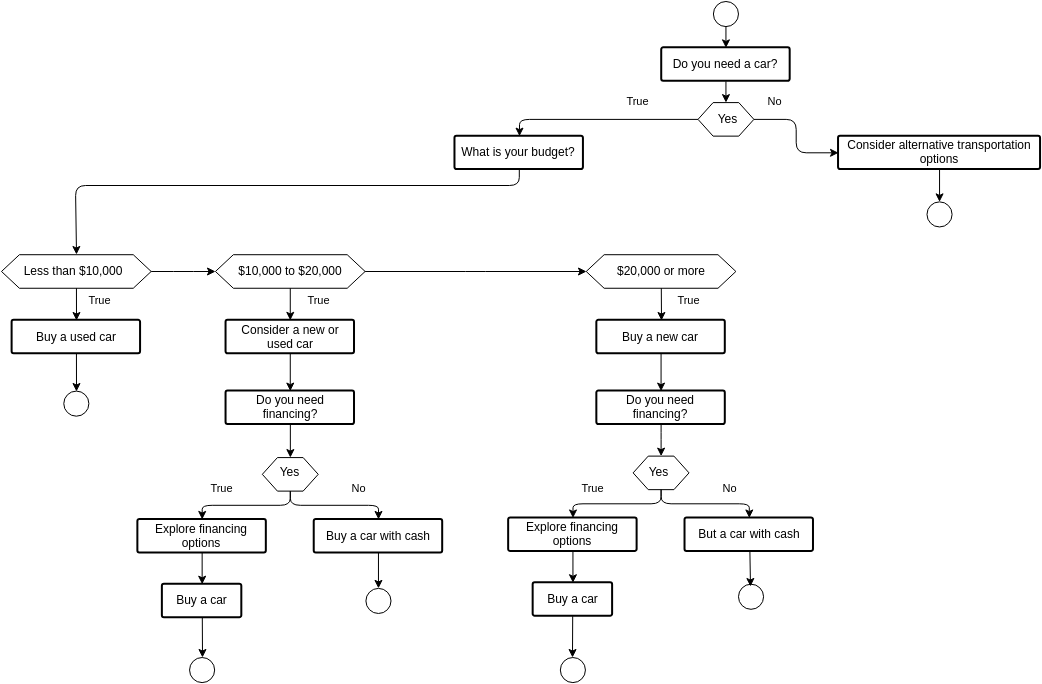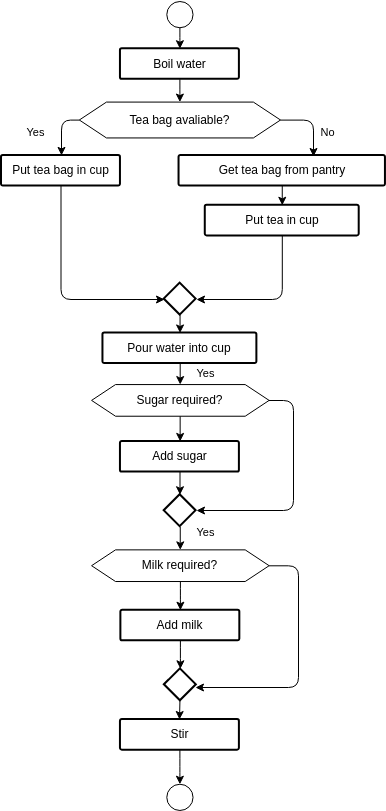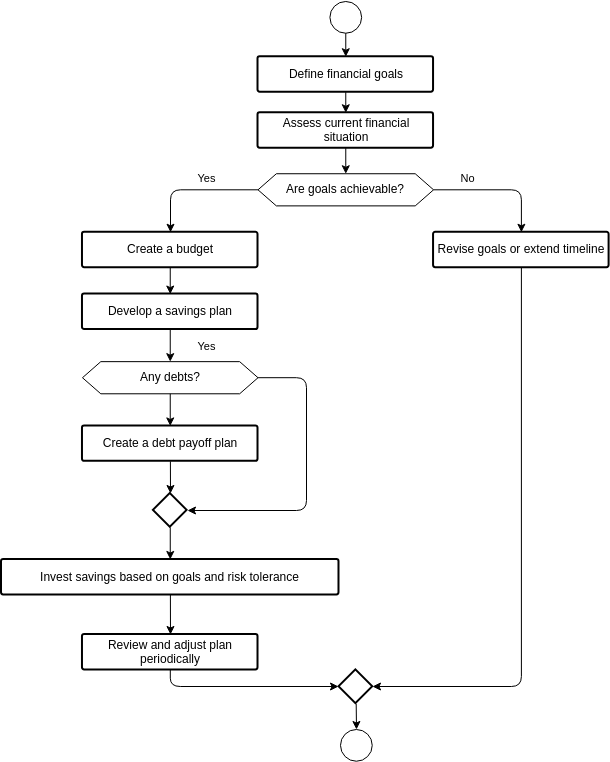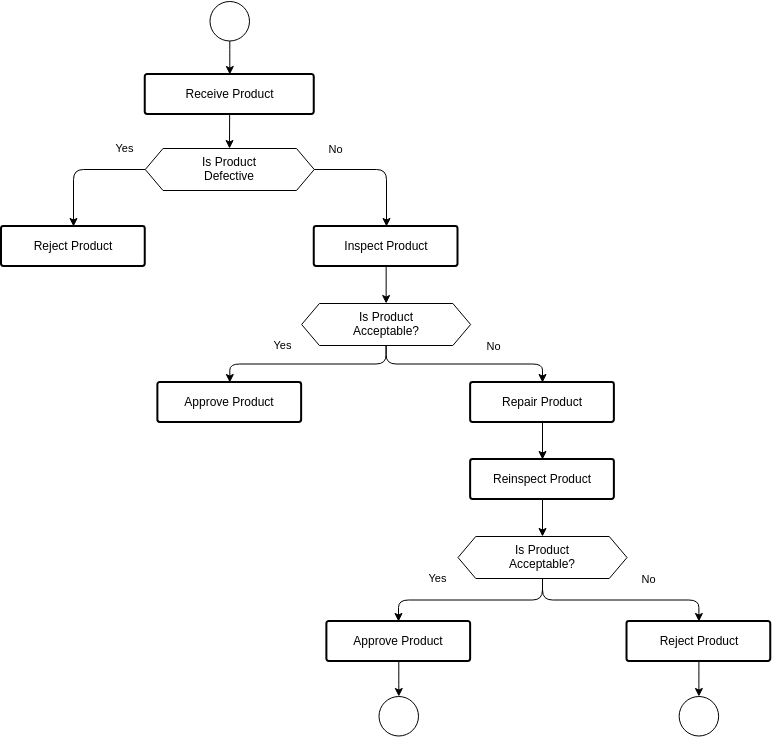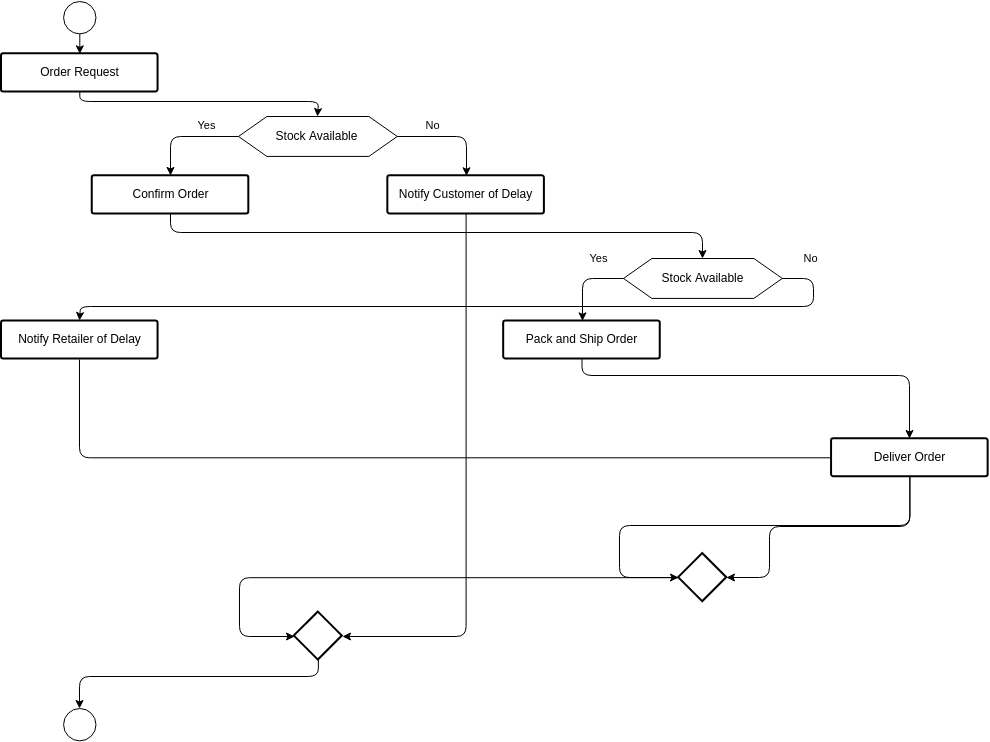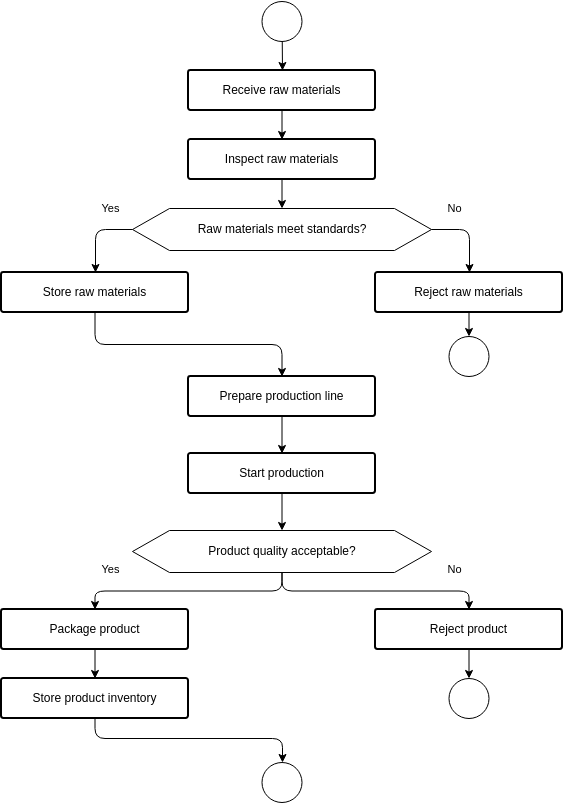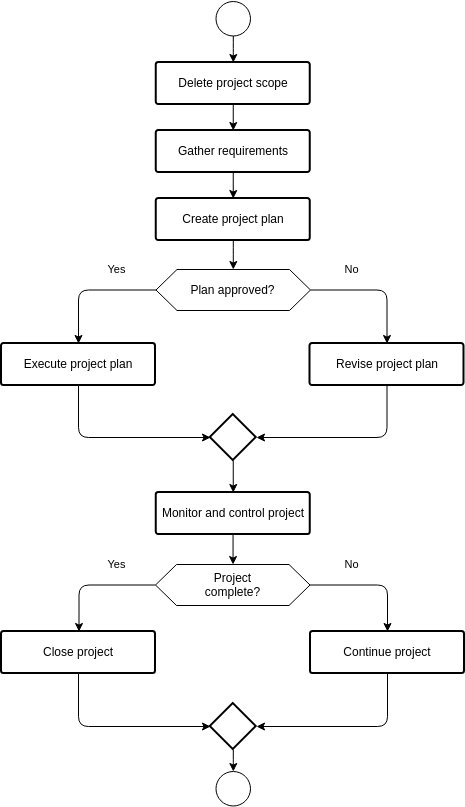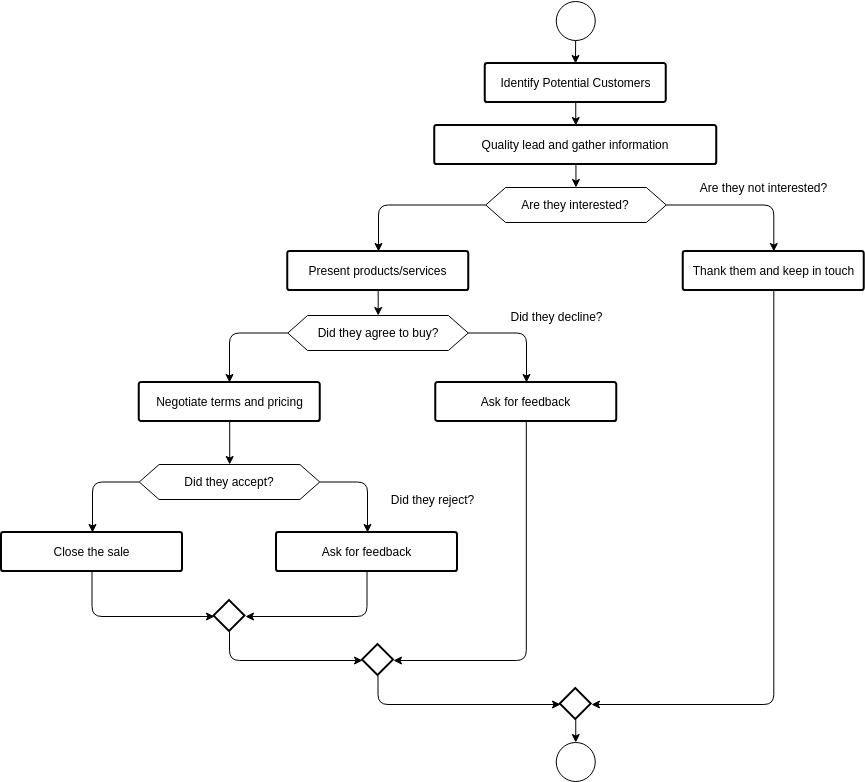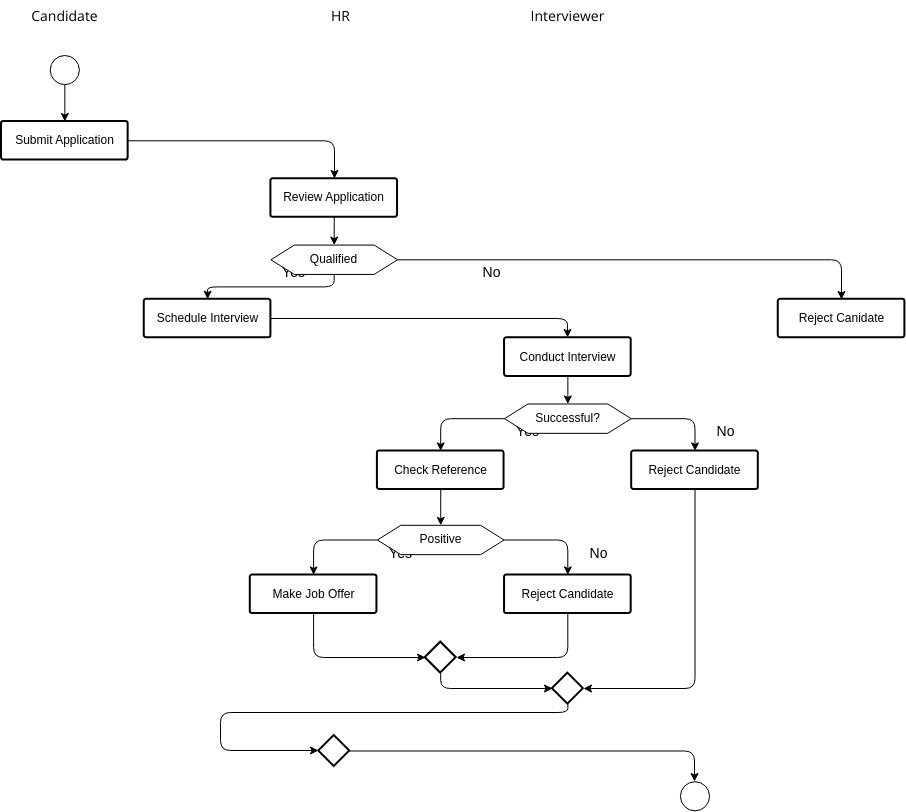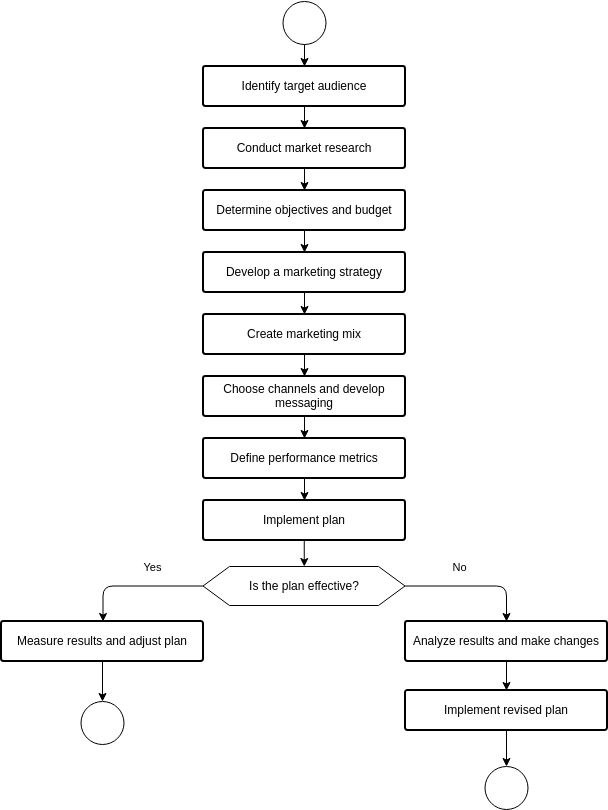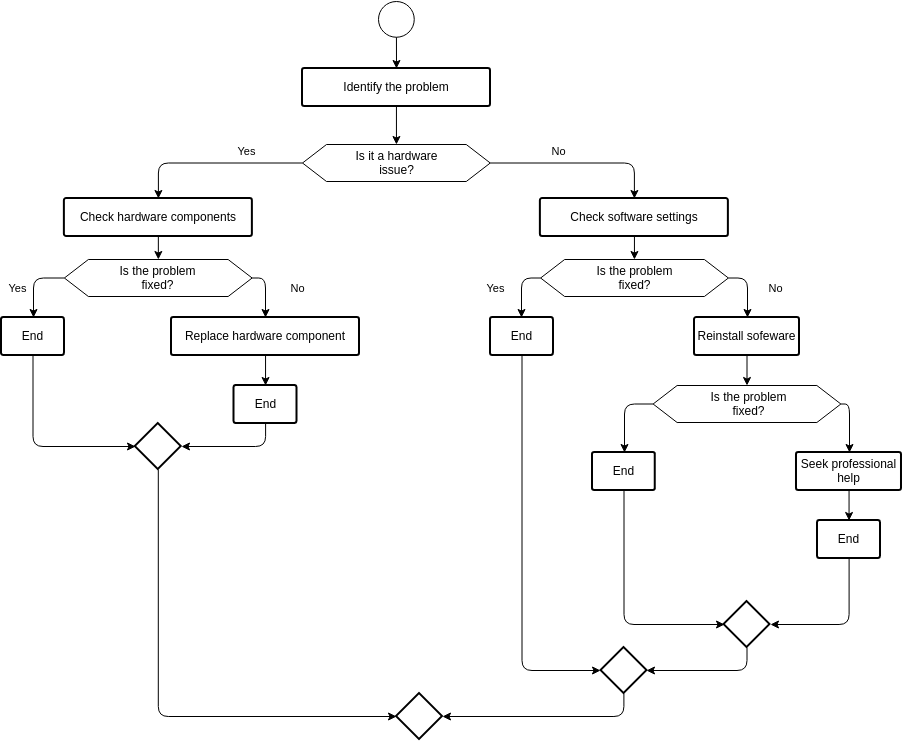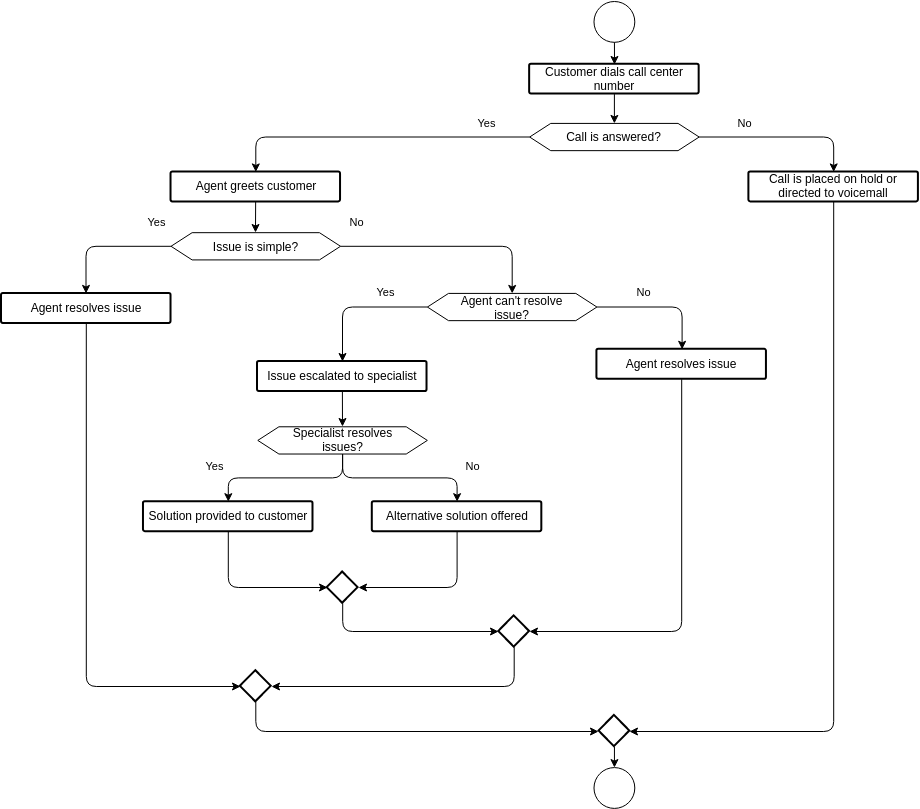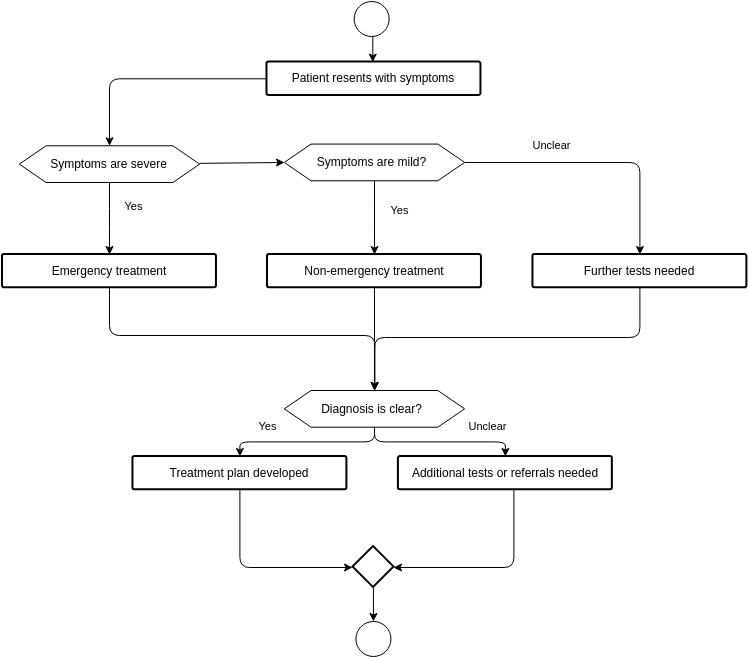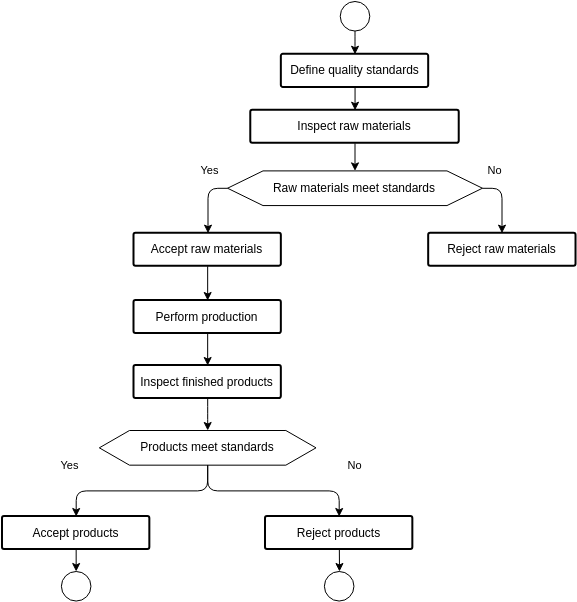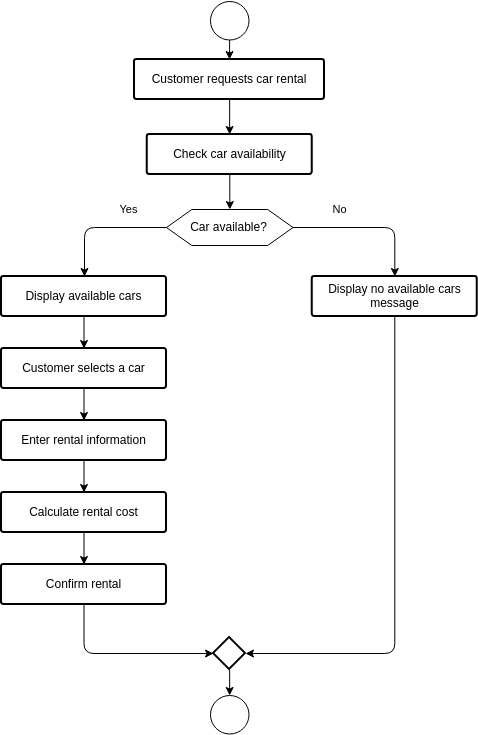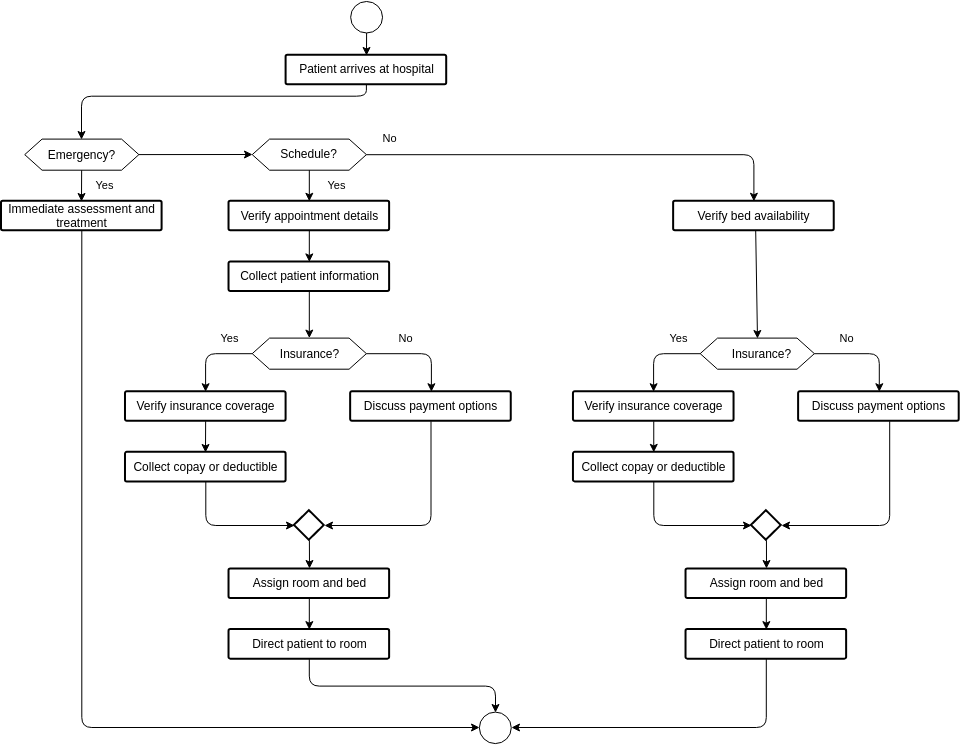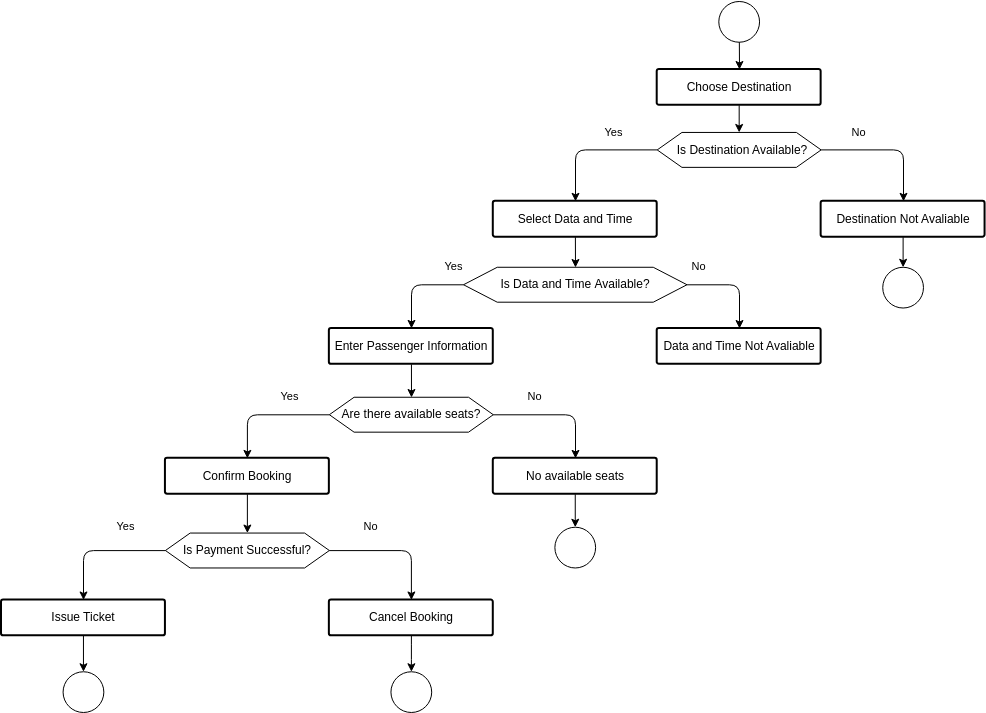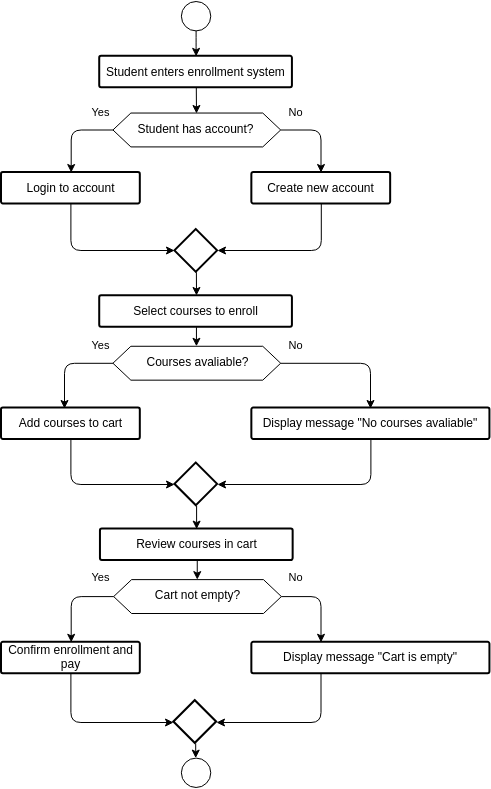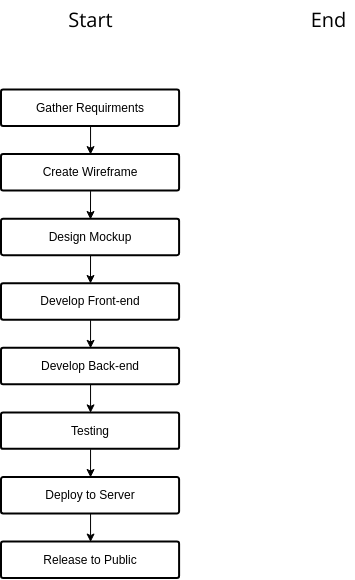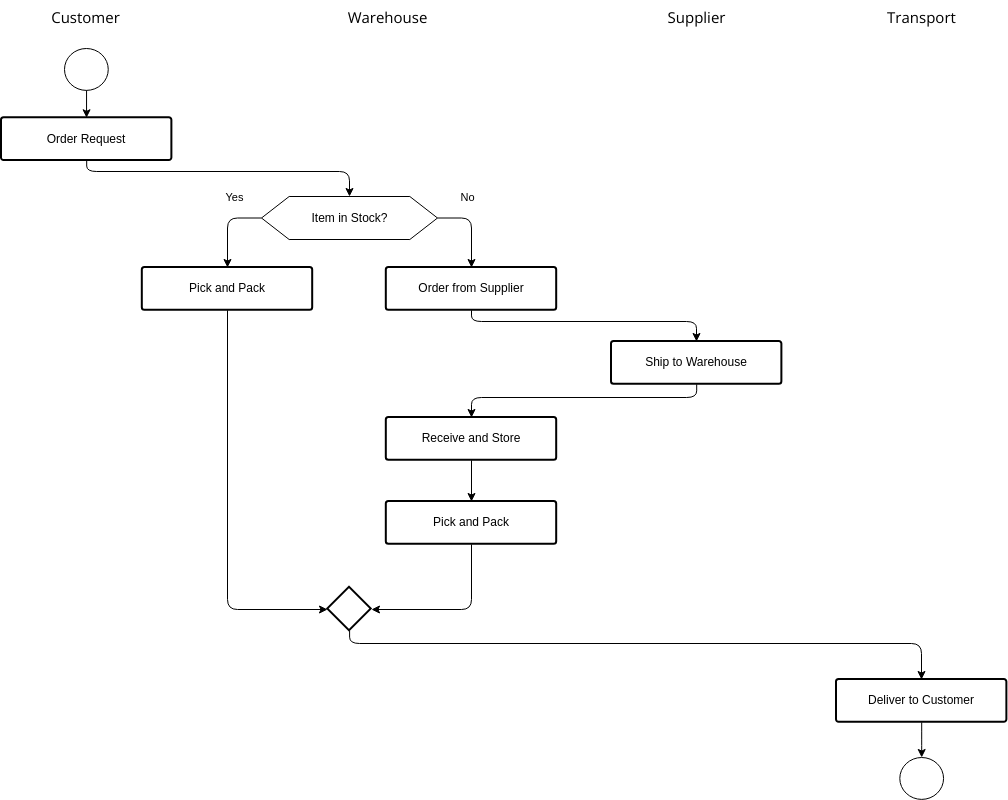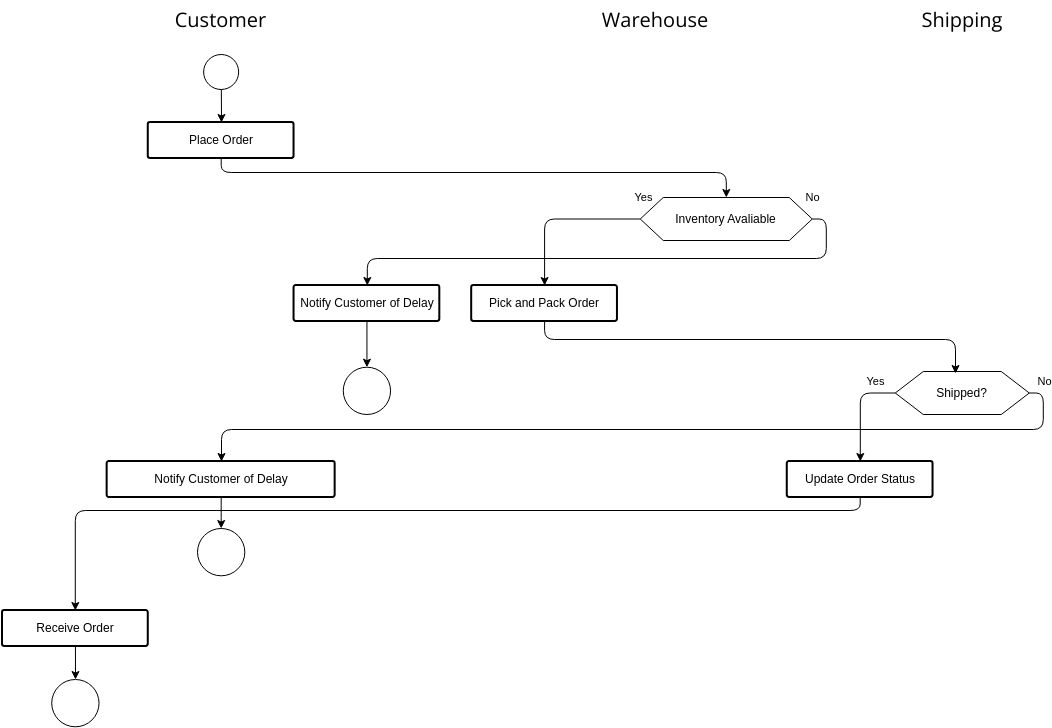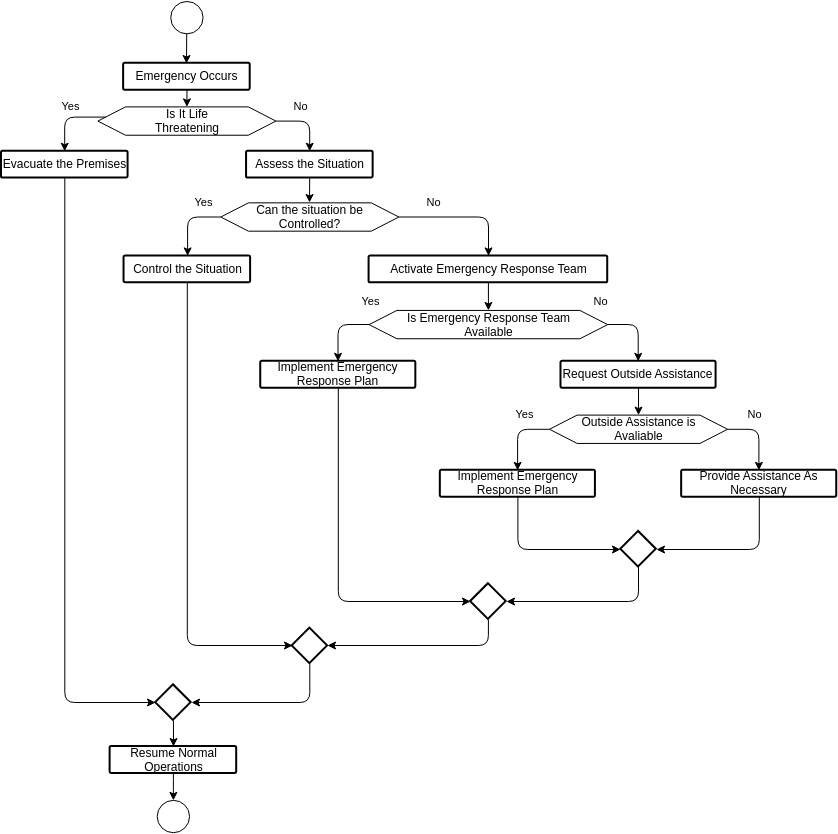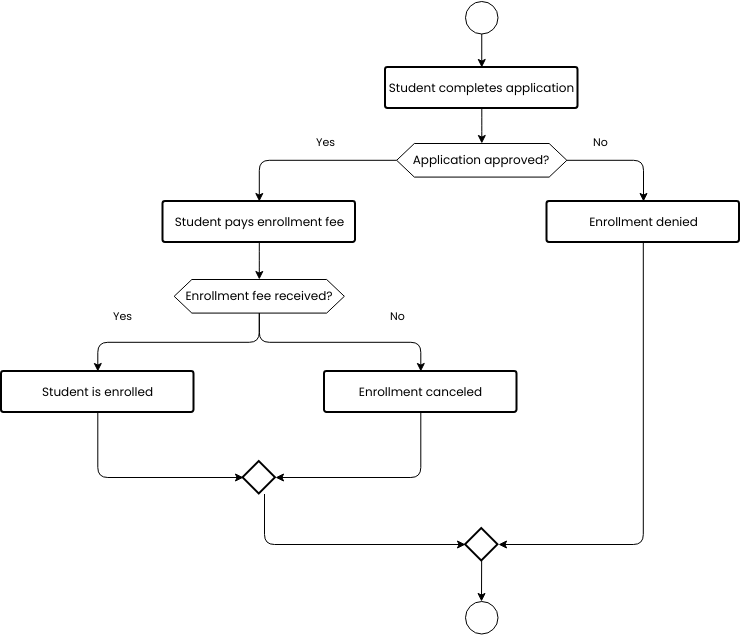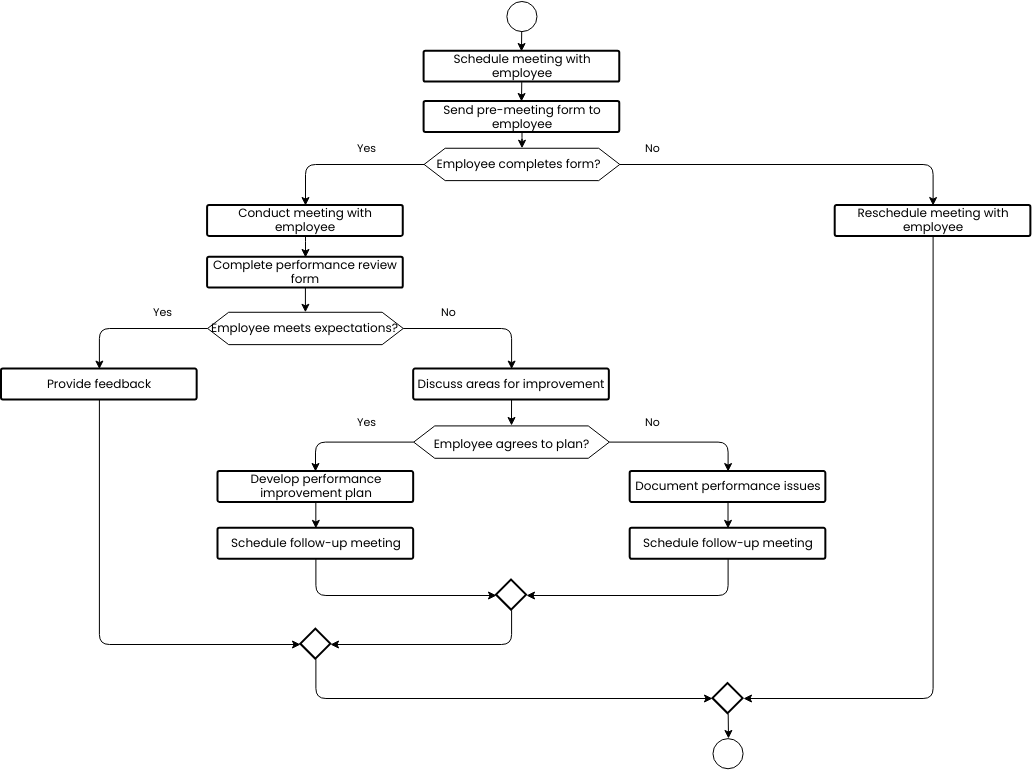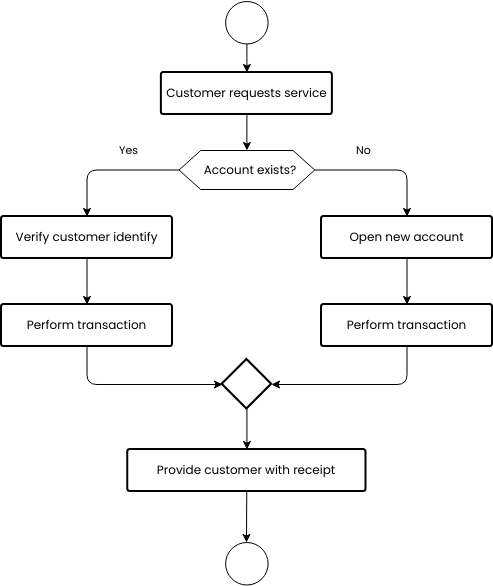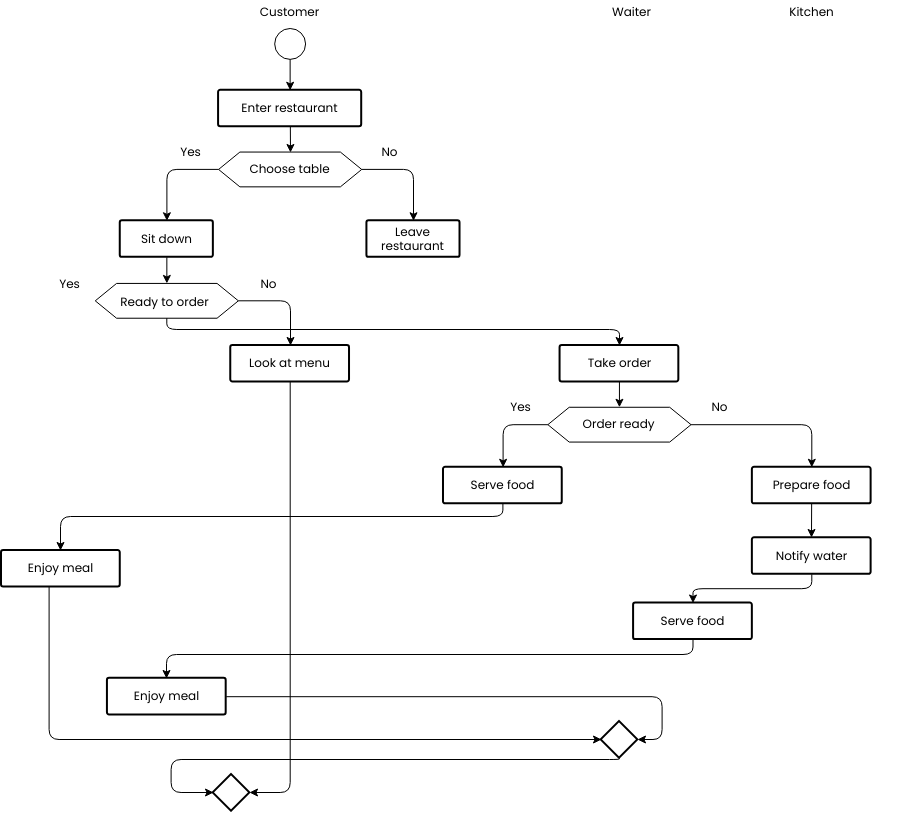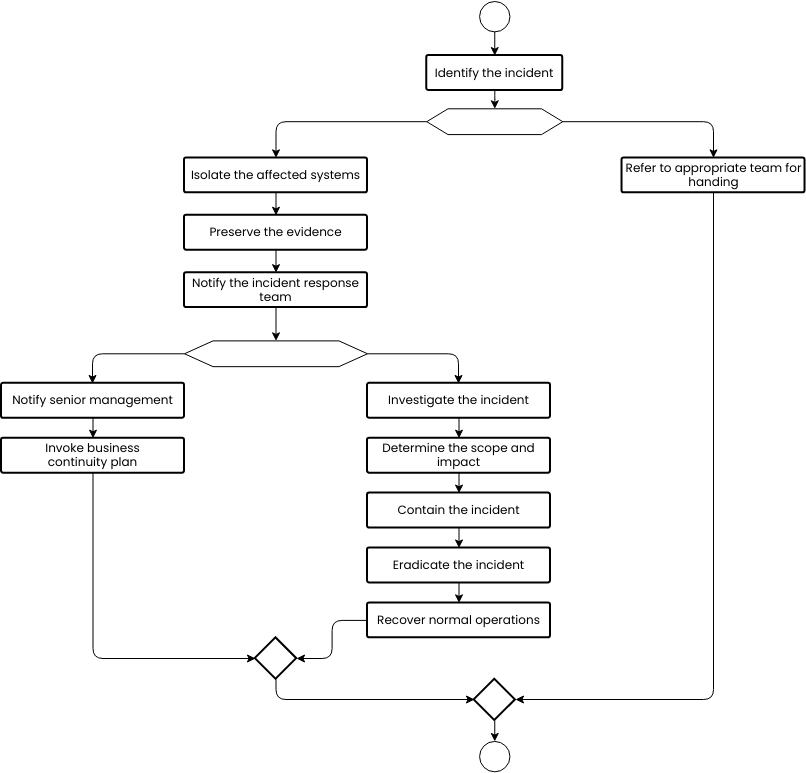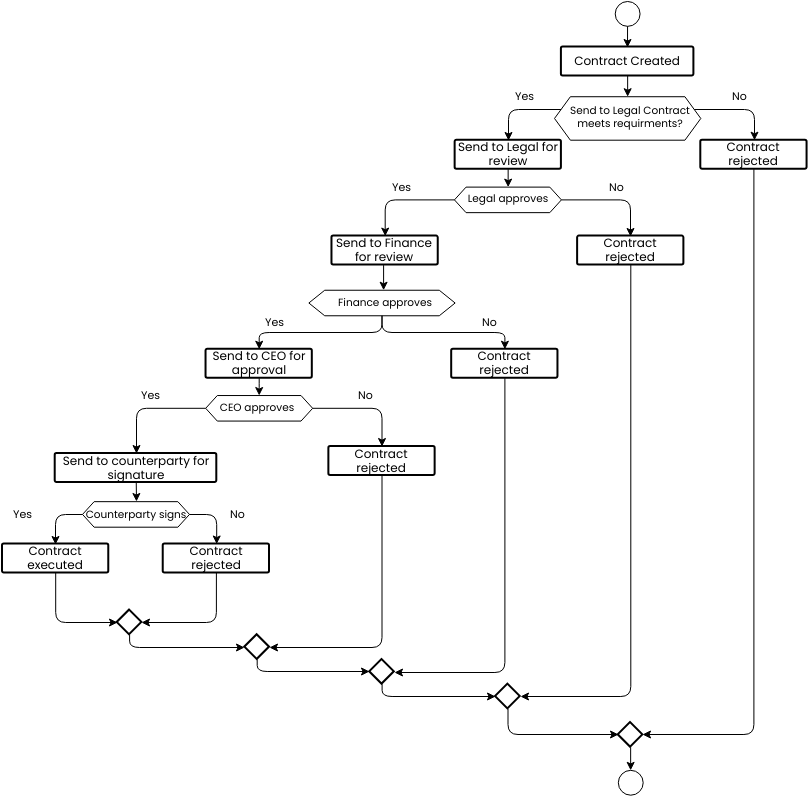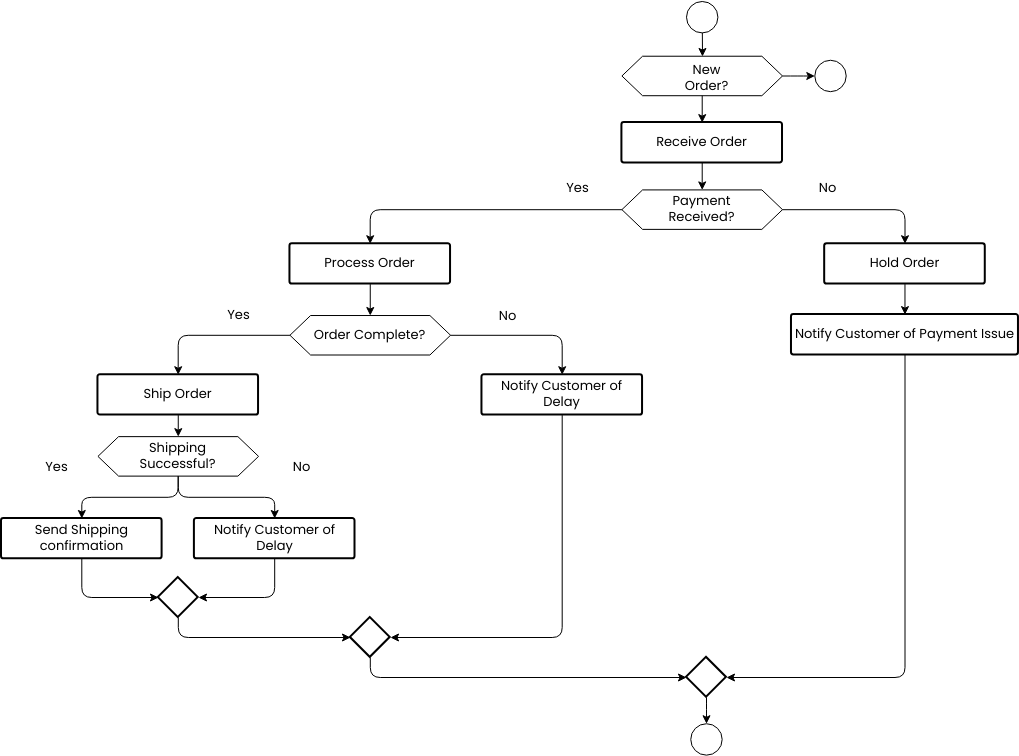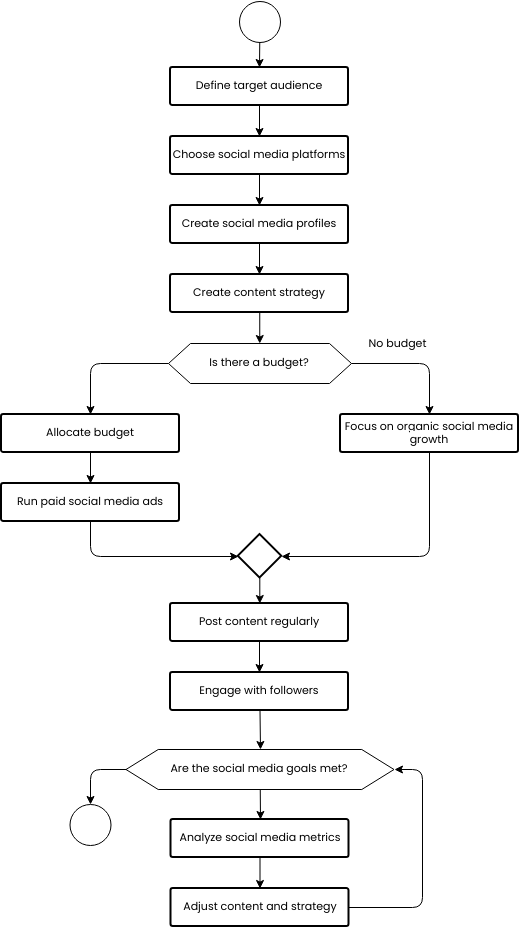The E-commerce Checkout Flowchart outlines the process that customers go through when making a purchase on an e-commerce website. The first step is for the customer to choose a product that they wish to purchase. This involves browsing the website and selecting a product that meets their needs. By choosing a product, the customer indicates their interest in purchasing it.
Once the product is chosen, the customer adds it to their cart. This step confirms the quantity and any other product details, and the customer is then ready to proceed to checkout. At checkout, the customer confirms the items in their cart and provides their information to complete the purchase.
The next steps involve selecting a shipping method and a payment method. The shipping method determines how the product will be delivered to the customer, while the payment method determines how the customer will pay for the product. After selecting a payment method, the customer then processes the payment to complete the purchase.
Once the payment is processed, the business sends an order confirmation to the customer. This email confirms the purchase details and provides an estimated delivery date. The business also updates the inventory to reflect the purchase and updates the order status to "processing."
Finally, the business receives an order confirmation from the customer. This indicates that the customer has received the order confirmation email and that the purchase is complete. This step marks the end of the checkout process and the beginning of the order fulfillment process.
Benefits of creating a flowchart
Creating a flowchart can bring many benefits to businesses. Firstly, flowcharts can provide clarity by visualizing complex processes or systems. This helps businesses understand how a process works, identify areas for improvement and optimize their operations. Secondly, flowcharts can improve communication by presenting information in a simple and easy-to-understand way. Using symbols and arrows, flowcharts can convey complex information to employees, stakeholders or customers in a clear and concise manner.
Flowcharts can also bring efficiency, standardization and problem-solving to businesses. Flowcharts can help businesses optimize their operations by identifying bottlenecks and areas for improvement, reducing waste and saving time and money. Standardizing processes and systems across the organization can ensure that employees follow the same process, leading to less errors and improved consistency. Finally, flowcharts can be used to identify and solve problems, providing businesses with a structured approach to addressing issues. Overall, creating a flowchart can help businesses improve their operations, reduce errors, save time and money, and improve communication and problem-solving.
If you require templates for designing flowcharts, consider visiting Visual Paradigm Online. They offer a variety of customizable templates to choose from.
